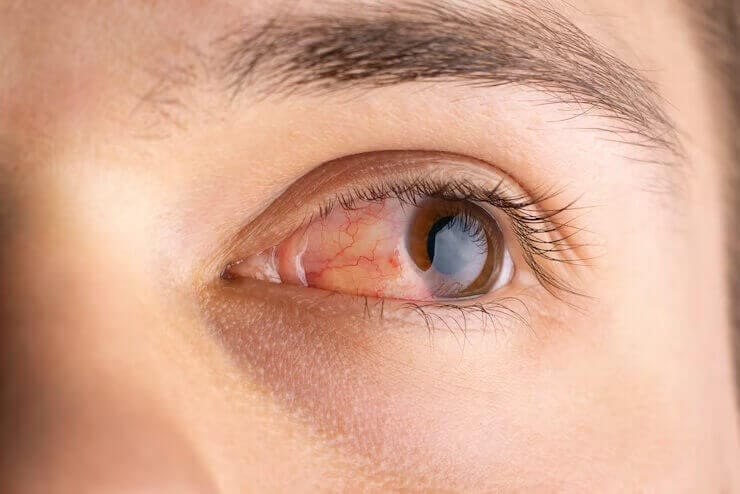The Hidden Risks of Eyedrops for Dry Eye: 6 common reasons why your eyedrops are making you feel worse
There are many reasons why your eye drops may be causing more discomfort, such as:
- Using eyedrops that contain preservatives such as benzalkonium chloride (BaK)
- Using redness relief eyedrops which contain Tetrahydrozoline
- Using drops that are not targeting the underlying cause of your discomfort, such as using non-oil based drops when you have MGD
- Your eyedrops are not treating the condition, so it gets worse
- Overusing eye drops, causing a destabilization of tear film
- Using drops beyond the recommended use date or improperly storing them
Preservatives in your eye drops
Many people feel burning or irritation right after putting eyedrops in, and this is often because of the preservatives that are in those eye drops. Most of the newer eyedrops in the market have what is called a soft preservative, which is believed to not cause any damage to the ocular surface. However, many generics, over the counter drops, and older brands of eyedrops, including prescription medications, often have a preservative called benzalkonium chloride (BaK), which can cause damage to the ocular surface and even result in an allergy in some cases.
Using red relief eye drops
Another reason why eye drops can worsen dry eyes is the use of "get the red out" drops, which contain ingredients that can irritate the eyes and make dry eye worse. These types of drops usually have an ingredient called Tetrahydrozoline in them, which helps constrict the blood vessels on the surface of the eye, making them look more white. However, this ingredient tends to wear off and become less effective over time, leading to a rebound effect where the redness gets worse and the cycle continues.
Using the wrong eye drops
It's also important to note that not all eyedrops are created equal, and it's crucial to choose the right type of eye drop for your specific needs. In some cases, using the wrong type of eye drop can make dry eye symptoms worse. For instance, if you have meibomian gland dysfunction (MGD), a common cause of dry eye, using regular artificial tears might actually do more harm then good. The reason for this is that MGD causes your tears to not have enough lipids (oils), and using non lipid based drops will actually make your tear film even worse by further reducing the balance of oils in your tear film.
Using eye drops to replace treatment
Furthermore, eye drops alone are not enough to treat the condition, and your condition left untreated may be getting progressively worse. Instead, you should look at eye drops as a band aid, which is good for short term relief (when using the right eye drops as instructed by your optometrist after a dry eye evaluation) and treatment such as heating and expression of the meibomian glands to properly treat MGD, one of the most common causes of dry eye.
Overusing eye drops
The frequency of use and the amount of eye drops used can also affect the severity of dry eye symptoms. Our tear film is made up of a delicate balance of mucine, aqua, and lipid (oil) layers, overuse of eye drops changes our natural tear film which protects our eyes and vision. Overusing eye drops can lead to a rebound effect, where your eyes become even more dry, inflamed, and sensitive, leading to a vicious cycle. It's important to follow our eye doctor's recommendations and to not overuse eye drops.
Improper storage or use
Preservative free eye drops are definitely the recommended drops to prevent discomfort, however they do require proper storage and following instructions of your optometrist.
If you find that your eyes feel more uncomfortable after using eye drops frequently, schedule a dry eye evaluation with an optometrist near you.













